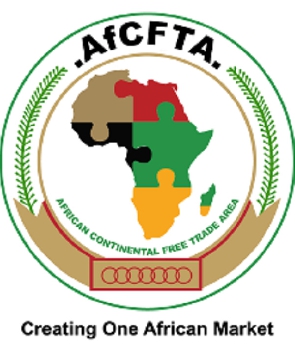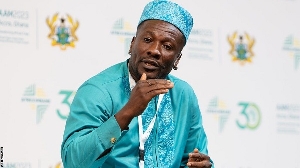Headquartered in Accra, Ghana, the African Continental Free Trade Area (AfCFTA) is now officially the largest free trade area by the number of participating countries since the founding of the World Trade Organization (WTO) in 1995.
The AfCFTA is based on an agreement among 54 African countries. Negotiations began as far back as 2012 but it was in 2018 at the 10th Extraordinary Session of the African Union (AU) in Kigali, Rwanda that three separate agreements were adopted to establish the free trade area.
Despite teething problems including the initial refusal of Africa’s biggest single market, Nigeria, to join the AfCFTA, the agreement came into fruition on Friday, January 1, 2021. Some 30 of the 54 countries have ratified the agreement which means that as of now, Africans and other global stakeholders can look forward to a new era of doing business in Africa.
But it is also important to see the January launch of the AfCFTA as a largely symbolic gesture. It will take a few years, even for the most optimistic, to see Africans overcoming the challenges to a free trade agreement including protectionism, national red-tapes as well as poor infrastructure across the continent.
The new AfCFTA era brings to the fore certain structural changes as well as establishes new rules that one must know. Here are three things to note under the new dispensation:
African Trade Observatory
The African Trade Observatory (ATO) is an online mechanism brought about by the African Continental Free Trade Area (AfCFTA). The way the ATO is meant to function is that it provides a dashboard to give real-time trade statistics to African users.
The ATO dashboard gives intra-continental trade flows (traded values, traded quantities, the use of tariff preferences, taxes and fees paid at the border), and information on market conditions, enabling stakeholders to make evidence-based decisions and quickly.
Rules of origin
Rules of origin in the legal documents that established the AfCFTA touches on among other things, the “Certificate of Origin” which means the documentary proof of origin; “Chapter” which refers the two-digit Chapters code used in the nomenclature; “CIF Value” which is the price paid by the importer as well as “Classified” which speaks to the classification of a Product or Material under a particular Heading or Sub-heading.
Rules of origin in the AfCFTA is supposed to standardize ambitions of intellectual property as well as ambition. These rules preempt a significant globalization process in Africa.
Freedom of the movement of persons
The ambition to have people move across Africa as freely as goods have not seen the light of day although it has been debated for well over two decades. Within the framework of the AfCFTA, the plan to allow people free movement comes with the establishment of a visa-free zone within the trade agreement area.
This obviously seems like a plan that would come to pass if there are enough willing African countries. The Economic Community of West African States (ECOWAS) has strived to employ a similar strategy for citizens of the sub-region.
Click to view details



Business News of Tuesday, 5 January 2021
Source: face2faceafrica.com

















